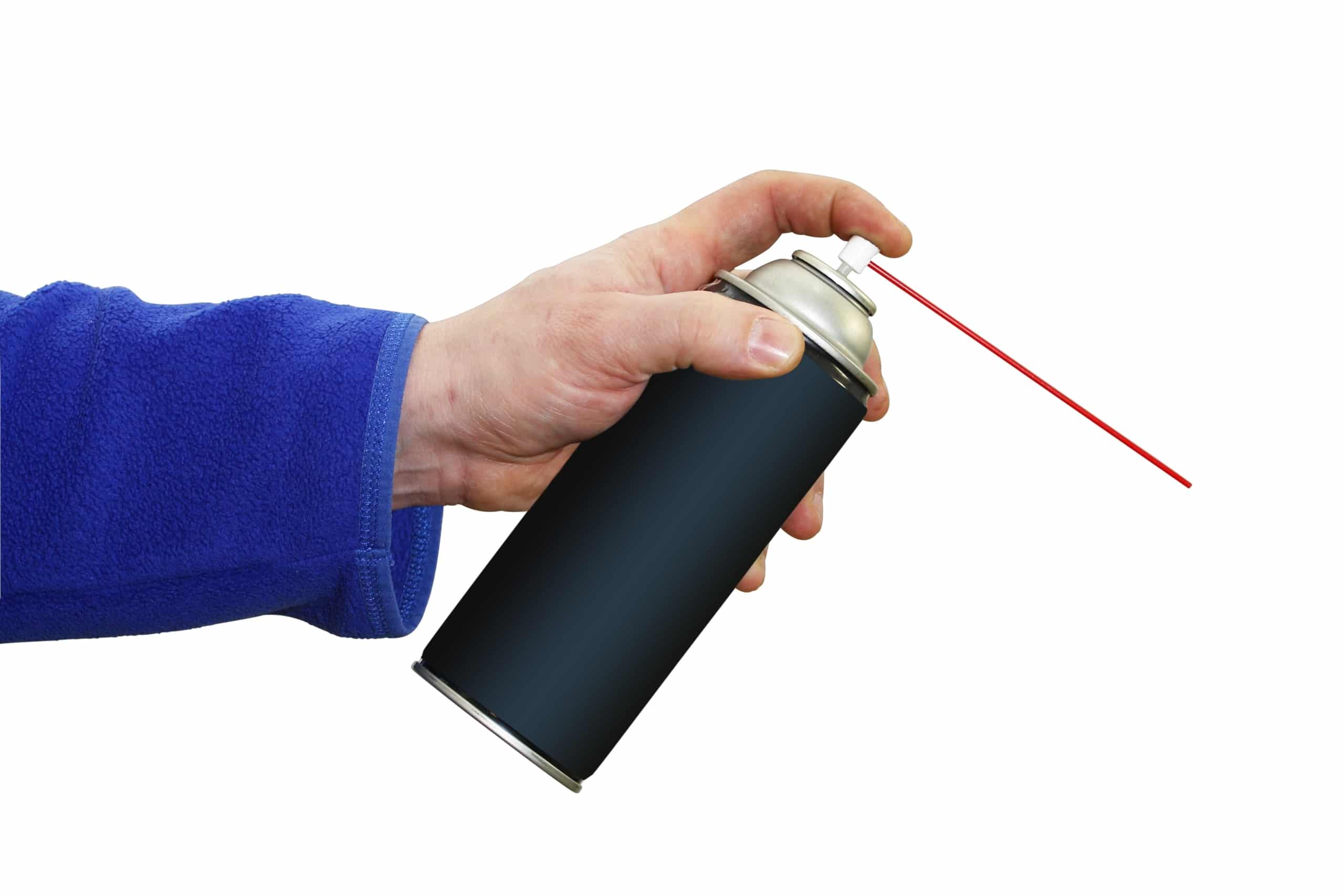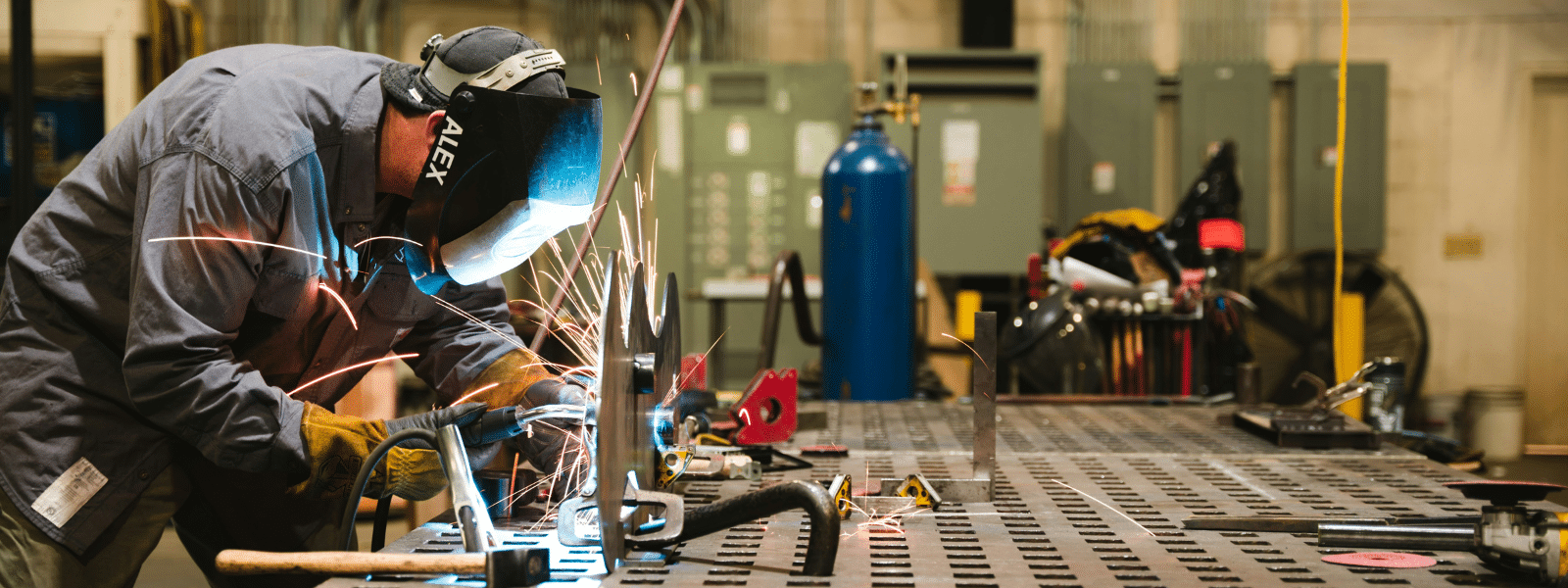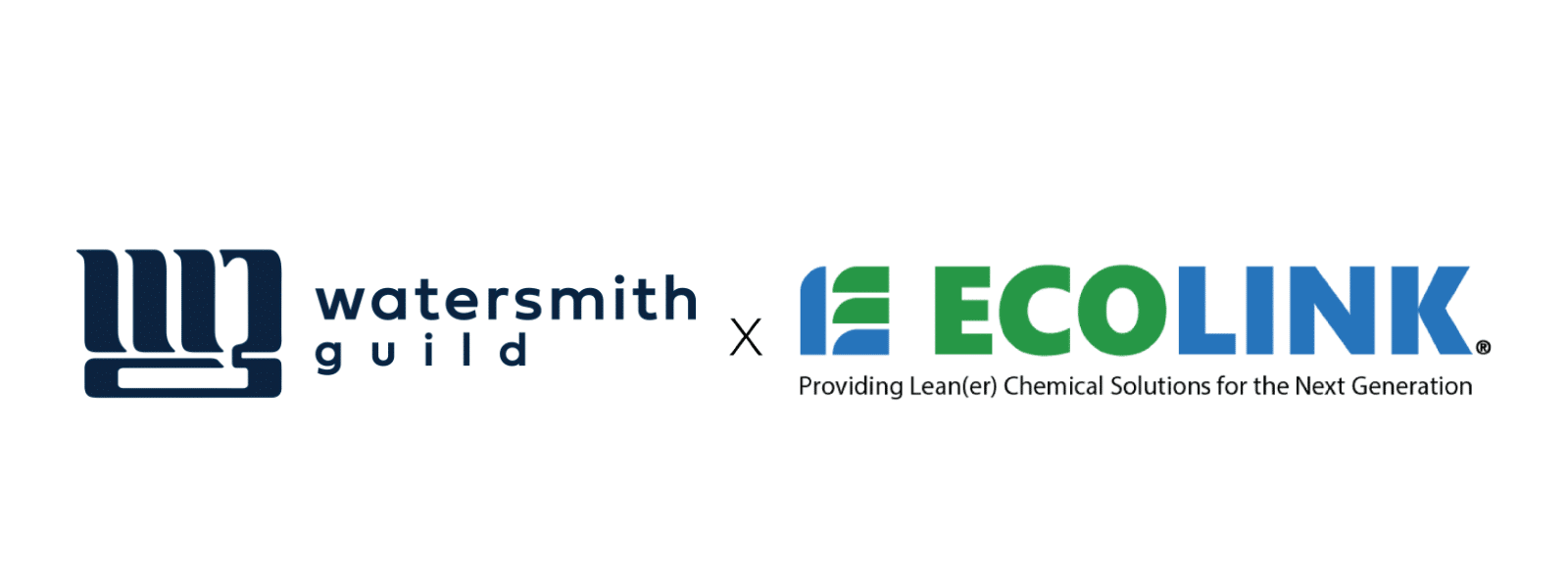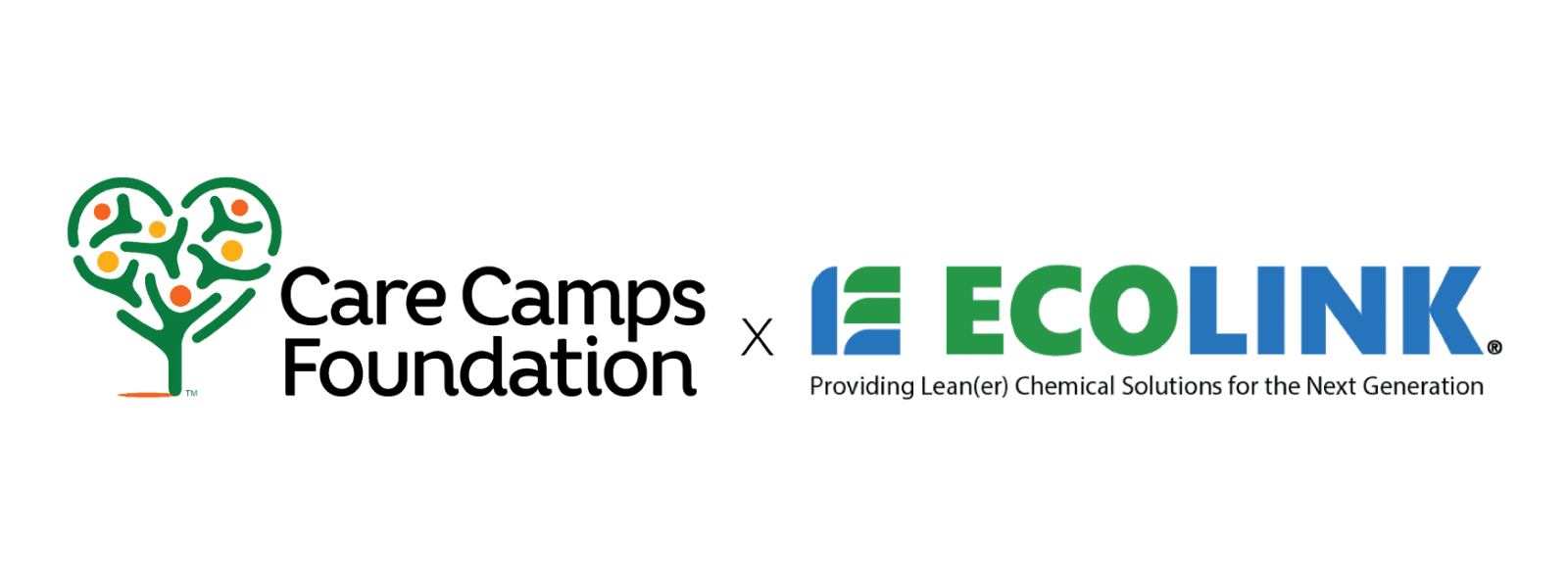When you were younger, you may remember some of your friends having fun in a highly dangerous way: spraying flammable aerosol on a lit match or an ignited lighter to create a giant ball of flame that increased in size when more aerosol was sprayed on the flame.
Although some may plan this dangerous activity for an afternoon of backyard fun, within the context of industrial parts solvents, eruptions of flame from aerosol always happen accidentally. The best way to avoid the situation is to use a non flammable parts solvent in aerosol form.
Aerosol and Flammability
Aerosol parts cleaner that has a low flashpoint — which means it ignites at a relatively low temperature — is the opposite of non flammable aerosol. Instead of refusing to ignite, low flashpoint aerosol ignites quickly, with the conflagration usually catching the worker off guard.
One the main reasons why is the highly diffuse nature of aerosol. Workers know not to spray flammable aerosol on and around sources of ignition. However, because particles of sprayed aerosol are diffuse yet initially concentrated in a cloud, the ignition of one particle can cause the ignition of others, causing a chain reaction that consumes the aerosol cloud and non-dry aerosol on work surfaces.
Using a high volume flammable degreaser in a confined workspace is similar to having a utility gas leak in the room of a house. The gas doesn’t ignite without an ignition source, but once it does, the ensuing conflagration can cause a deadly explosion that leads to a house fire. The same can happen at workstations that use non flammable parts solvent in aerosol form for parts cleaning.
Protecting Your Workers
There was a time when companies and organizations had little choice but to use flammable aerosol solvents, but that time is gone. Today, manufacturers of green solvents, such as Ecolink, offer the opportunity to use environmentally safe or environmentally secure solvents that do not ignite. These non flammable parts solvents in aerosol form help prevent fire at workstations, where aerosol remains concentrated, until it slowly dissipates into the larger work environment.
While you could always protect workers with flame retardant personal protective equipment (PPE), it would probably cost less to switch to an eco-friendly, non flammable solvent that has a much better safety profile — and the same or better strength — than the solution that it is “dropped in” to replace.
About Ecolink
Ecolink specializes in providing eco friendly, industrial grade solvents that have as much or more efficacy than toxic solvents they are designed to replace. If one of our stock solvents isn’t right for the job, we can produce a custom solvent that meets your exacting requirements, and supply the unique blend as often as you require it, in the volume in which you need it.
For more information about our products and services, please call us today at 800-563-1305, or reach us through our contact form. We look forward to providing options for non flammable parts solvents in aerosol!















